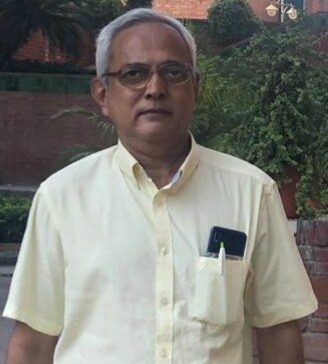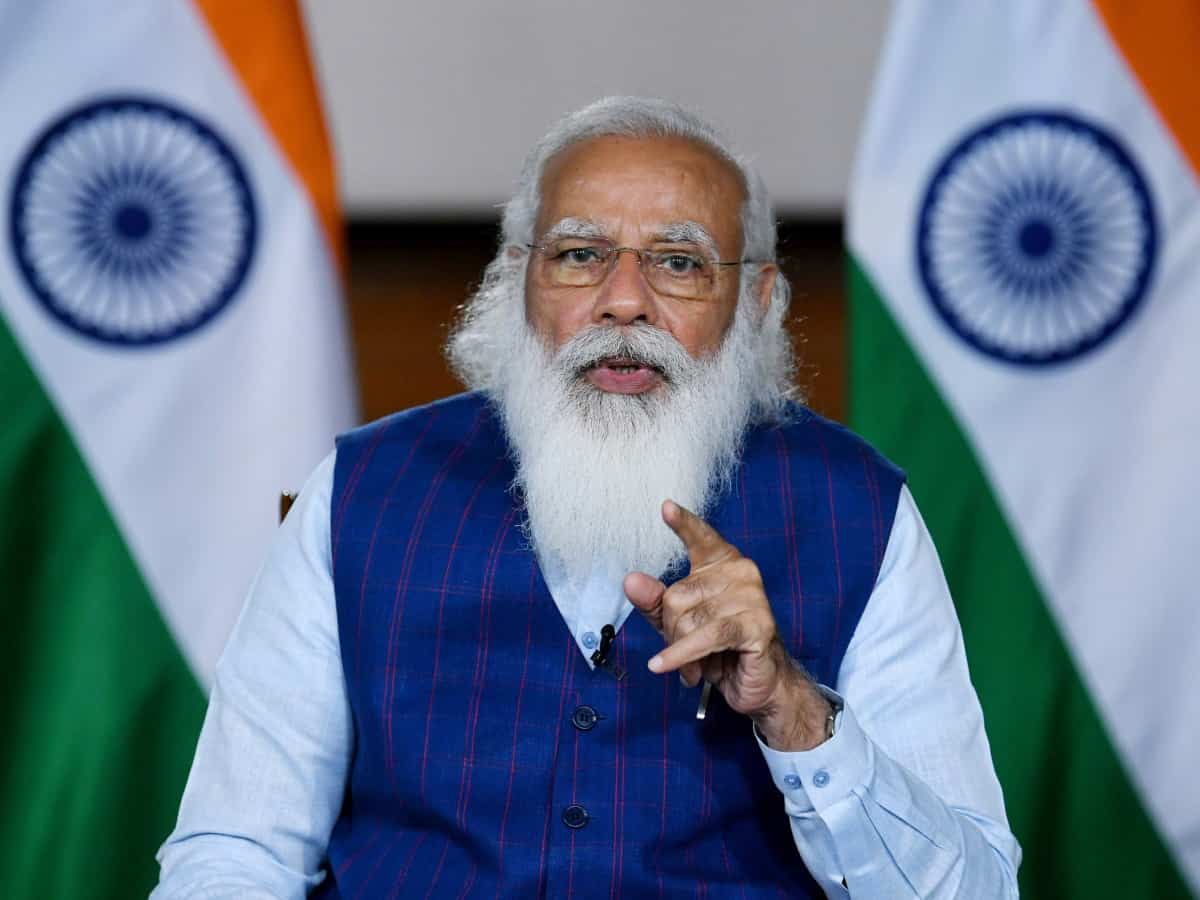
Prime Minister Narendra Modi faces the biggest challenge for Revival of the Indian Economy, which is in the throes of a deep crisis. After the First Wave and the Second Wave of Corona Virus pandemic, Prime Minister Modi has yet another full-blown crisis on his hands, which is to bring about Revival in the Indian Economy.
Personally for Prime Minister Modi, who projected himself as being decisive and a hands-on leader, this comes as the biggest-ever challenge for him.
Prime Minister Modi, who fancied doubling Farmers Income by 2022, when India celebrates Amritotsav of Indian Independence, besides making India a Five-Trillion-Dollar Economy, has to urgently bring to bear his focus on the Revival of Economy.
Its importanance cannot be emphasized more. Primarily investors are lacking in confidence to invest money. Though the Modi Government extended them relief to the tune of close to Rs 10 lakh crore over a period of about six years in the form of waivers, the industrialists have not brought back the money into investments. Unless this happens, economy cannot be kickstarted, nor employment generated.
For fresh investments to be made, there has to be demand. That can happen only when there is money in the hands of the people. Urgently, for this to happen, Direct Cash Transfers, suggested by former Congress President Rahul Gandhi, as Minimum Income Guarantee (MIG), must take place immediately.
Only when there is money in people’s hands, demand is generated. When demand is there, investments kick in. When that happens, employment is generated.
It is open for Prime Minister Modi to set up a Special Task Force, or a Group of Experts, who can assist and help him to come up with a Blueprint for Economic Revival.
In fact, Prime Minister Modi can consider involving former RBI Governors Raghuram Rajan and Urjit Patel, besides former Chief Economic Adviser Arvind Subramanian in an advisory role.
Their advantage is that since they have dealt with the Indian Economy in senior positions. It would be easier for them to better understand the problem and to come up with credible measures that will inspire confidence in the investors to shed inhibitions and make new investments.
Disturbing Figures
The Centre for Monitoring Indian Economy (CMIE) has come out with a survey. It has two startling revelations and its figures are very disturbing.
One, is that 23 crore people were pushed Below Poverty-Line. Two, for the first time after the Janata Party Government in 1979-80, India registered negative growth in 2021 at Minus 7.3 per cent.
The Economy took a hit since the ill-advised Demonetization on November 8, 2016, followed by the hasty implementation of a faulty GST.
At that time, former Prime Minister Dr Manmohan Singh had warned of the disastrous consequences of the ill-advised Demonetization and faulty GST implementation. No serious heed was paid to his words of wisdom.
Rising Poverty Levels
According to the Centre for Monitoring Indian Economy (CMIE), nearly 1 crore jobs were lost from January to April, 2021, while 1 crore more jobs feared lost in May, 2021, itself.
With per capita falling below Rs 1,00,000, poverty levels have increased. According to the CMIE, 97 per cent people have seen decline in their incomes, which only means almost all Indians are poorer.
Rural poverty has increased, as did poverty in the urban areas. While incomes have been wiped out for the very poor, even the Middle-Class suffered decline in the incomes.
Hunger has rapidly increased in several households, which is sad commentary on the Government of the day, especially when there are sufficient stocks in the godowns.
Slowdown Before Pandemic
Indeed, the Economic Slowdown had begun prior to the pandemic. But the pandemic has only worsened the situation.
From 2017, 11 consecutive Quarters have seen Economic Downslide. The Modi Government has been groping for a solution to arrest and reverse the Economic Downslide, but with little success.
Job losses, with unemployment rates at around 11 per cent; fall in the incomes; drop in manufacturing; and shutting down of Medium, Small and Micro Enterprises (MSMEs) across the country had all started before the pandemic.
Then came the First Wave of Corona Virus pandemic in 2020, when the economic crisis deepened. Small businesses were badly affected, more and more MSME units were shut down, Migrant Workers trekked on foot with families for thousands of kilometers to reach their native villages and there were massive, unprecedented job losses.
Unaware of the Second Wave coming in 2021, the Modi Government declared premature victory over the pandemic.
Government Chief Economic Adviser K V Subramanian spoke of greenshoots, where none existed, and of V-shaped recovery, which did not happen. Where is that much-touted recovery? On the other hand, the economic situation is steadily going down, from bad to worse.
Three-Pronged Strategy
Now, what is needed is a firm and resolute Action Plan, in response to deteriorating economic situation.
The Modi Government must actually come up with a three-pronged strategy.
One, is to increase Government spending. It is only increased Government spending that triggers economic activity. Two, is to transfer money into the hands of the people that increases demand. Three, is to increase the quantum of free rations of foodgrains distributed among the vulnerable sections of society.
These suggestions have emerged from well-meaning people and renowned economists. The Modi Government can greatly benefit with the implementation of this Three-Pronged Strategy.
The Rs 20 lakh crore Atma-Nirbhar Bharat Package lacked focus. What is more, the actual transfers in terms of free rations and pensions, were just in the region of about Rs 1 lakh crore.
Printing Currency
Nobel Laureate in Economics Abhijit Banerjee has gone to the extent of suggesting printing of more currency as a way out. The Government must consider it immediately as a serious option.
Surely, pandemic is not the time to think of controlling deficit. Already the projected deficit is pitched at 5.5 per cent. What is the harm if it further escalates to 6.5 per cent?
The Modi Government has to increase public spending. At the same time, the Government must transfer cash into the hands of the people. There is no alternative. Unless and until there is money in the hands of the people, demand cannot be ignited. Only when demand is ignited that manufacturing picks up momentum. That is the way forward for Economic Revival.
There is resistance in the Government for cash transfers directly into the hands of the people. Greater the resistance, greater will be the harm to the economy.
According to the Union Finance Ministry, the Budget proposals are yet to kick in. Is it not strange? Union Budget was presented in Parliament on February 1. Eversince, four months have elapsed and the Budget proposals, approved by Parliament, are yet to kick in! Prime Minister Modi should set a deadline for the Finance Ministry to get its act together.
Venkat Parsa is a senior journalist and writer based in New Delhi.
Views expressed are personal

